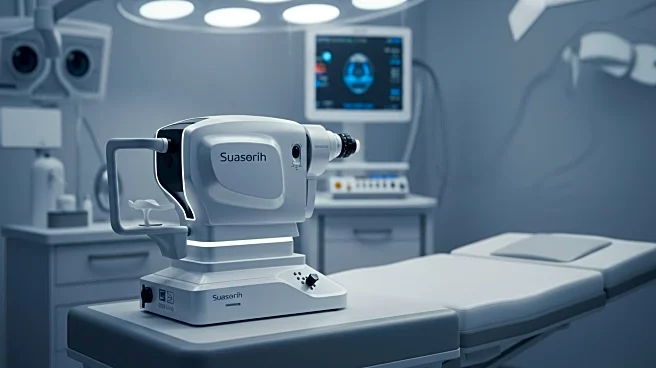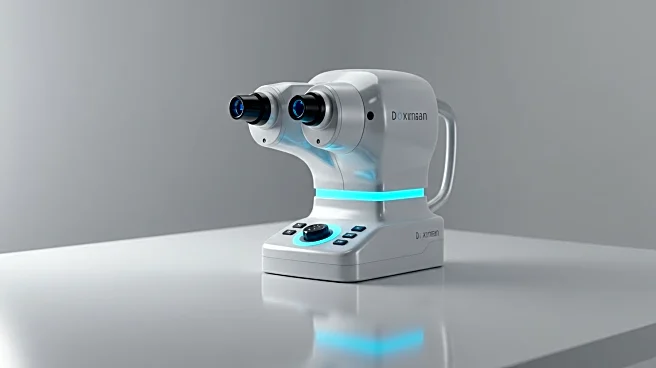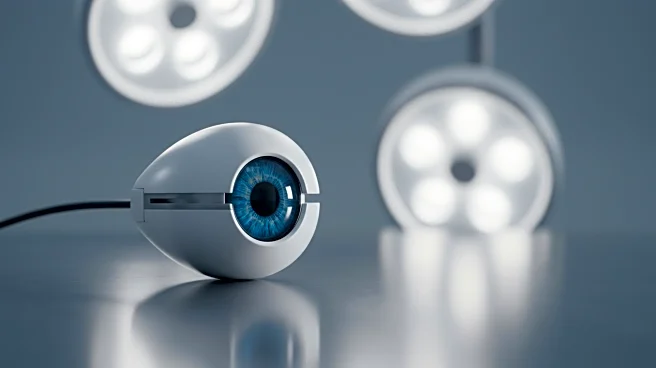What's Happening?
Researchers at Occidental College and the University of California, Irvine, have developed a new technique called electromechanical reshaping, which could offer an alternative to traditional LASIK surgery. This method involves using short bursts of electricity to temporarily alter the pH of the cornea, making it malleable for reshaping. Initial experiments on rabbit eyeballs have shown promising results, with the cornea becoming flexible and reshaping without damaging corneal cells. The technique aims to address common LASIK side effects such as dry eyes and visual disturbances. The research was presented at the American Chemical Society's fall conference, and further animal testing is planned before considering human trials.
Why It's Important?
This development could significantly impact the field of ophthalmology by providing a safer, less invasive alternative to LASIK surgery. LASIK, while effective, can weaken the cornea and cause side effects. The new technique could reduce these risks, making corrective eye procedures more accessible and appealing to those hesitant about LASIK. If successful, it could also lower costs and potentially be reversible, offering a broader range of treatment options for conditions like myopia, farsightedness, and astigmatism. The research's progress could influence funding and innovation in medical technology.
What's Next?
The researchers plan to conduct further studies on living rabbits to better understand the technique's efficacy and safety. If these studies are successful, the next step would be to seek approval for human clinical trials. The scientific community and potential investors will likely monitor these developments closely, as the technique could revolutionize eye care. Additionally, securing funding will be crucial for advancing this research, especially given the challenges faced by scientists in recent years.











